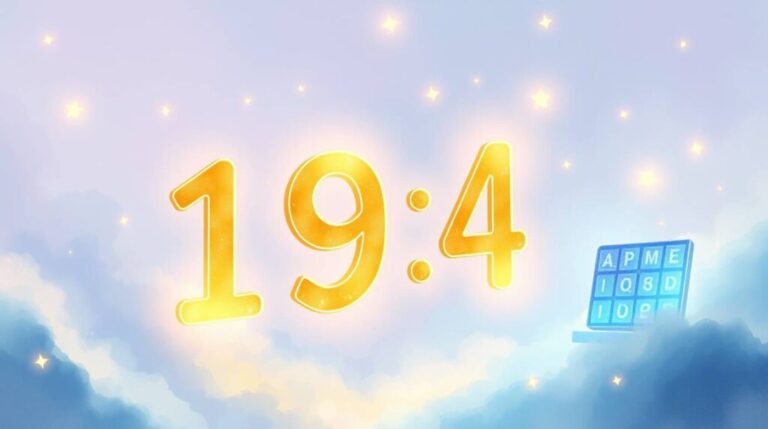How Does Quantum Entanglement Work (2025)
How Does Quantum Entanglement Work (2025)
Book-Style Answer (University Level)
Introduction
Quantum entanglement is one of the most mysterious and fascinating phenomena in quantum mechanics. It occurs when two or more particles become connected in such a way that the state of one particle instantly influences the state of the other, no matter how far apart they are. This phenomenon defies classical physics and has significant implications for quantum computing, cryptography, and even our understanding of reality.
First proposed by Albert Einstein, Boris Podolsky, and Nathan Rosen in 1935 as part of the EPR paradox, quantum entanglement challenges classical notions of locality and determinism. It was later experimentally confirmed through Bell’s Theorem, which demonstrated that entangled particles exhibit correlations that cannot be explained by classical physics alone.
The Fundamentals of Quantum Entanglement
To understand how quantum entanglement works, we need to explore some basic principles of quantum mechanics:
- Superposition: A quantum particle (such as an electron or photon) can exist in multiple states at once until it is measured.
- Wavefunction Collapse: When a quantum system is observed, it “collapses” into a definite state.
- Quantum Correlation: In an entangled system, the measurement of one particle immediately affects the state of the other, regardless of distance.
Entanglement occurs when two particles interact and then separate while maintaining a shared quantum state. Once entangled, measuring one particle’s property (such as spin or polarization) will instantaneously determine the corresponding property of the other particle. This effect happens faster than the speed of light, leading to deep philosophical and scientific questions about the nature of reality.
How Entanglement Works in Practice
- Creating Entangled Particles
- Entanglement is typically achieved through processes such as spontaneous parametric down-conversion (SPDC) in which a high-energy photon splits into two lower-energy entangled photons.
- It can also occur naturally in quantum systems, such as in atomic interactions or electron pairs in superconductors.
- Measuring an Entangled Pair
- If two particles are entangled in terms of spin, one might have spin-up while the other has spin-down (opposite states).
- If we measure the spin of one particle and find it to be spin-up, the other particle will immediately collapse into the spin-down state, even if they are light-years apart.
- Bell’s Theorem and Non-Locality
- Classical physics assumes that objects are independent and their properties exist before measurement.
- Quantum mechanics, however, suggests that entangled particles do not have a definite state until measured.
- Bell’s inequality experiments confirmed that entanglement does not rely on hidden variables but is a real physical effect.




Applications of Quantum Entanglement
Quantum entanglement has real-world applications in various fields:
1. Quantum Computing
- Quantum computers use entanglement to perform complex calculations much faster than classical computers.
- Qubits (quantum bits) can be entangled to process multiple calculations at once, increasing computational power exponentially.
2. Quantum Cryptography
- Quantum key distribution (QKD) uses entangled particles to create ultra-secure communication channels.
- Any attempt to intercept the entangled particles alters their state, making eavesdropping impossible.
3. Quantum Teleportation
- Scientists have successfully transmitted quantum information between entangled particles over long distances.
- While this is not “teleportation” in the sci-fi sense, it allows for instantaneous data transfer in quantum networks.
Does Quantum Entanglement Violate Relativity?
One of the biggest mysteries of quantum entanglement is that it seems to involve instantaneous communication, which contradicts Einstein’s theory of relativity (which states that nothing can travel faster than light). However, entanglement does not transmit usable information faster than light—it only affects the measurement outcomes of particles. The paradox remains one of the great unsolved mysteries in modern physics.
Conclusion
Quantum entanglement is a fundamental aspect of quantum mechanics that challenges our understanding of reality. It has been experimentally verified and has crucial applications in computing, cryptography, and communication. As research advances, entanglement could lead to new breakthroughs in technology and reshape our understanding of the universe.
Easy Explanation (For Conceptual Understanding)
What Is Quantum Entanglement?
Imagine you and your best friend each take a pair of magical dice. These dice are special because no matter how far apart you are, when you roll one, the other instantly shows the same result! Even if one of you is on Earth and the other is on Mars, as soon as one dice lands on a number, the other dice will change to match it immediately.
This is what happens in quantum entanglement. When two particles become linked, measuring one automatically tells you about the other—no matter how far apart they are.
How Does It Work?
- Particles Get Linked – Two particles start in the same system and become “connected” through a process like splitting a photon.
- They Stay Connected – Even if they are moved far apart, they still remain mysteriously linked.
- Measuring One Affects the Other – The moment we check the state of one particle, the other instantly changes to match (or complement) it.
Why Is It Important?
- Faster, Smarter Computers – Quantum computers use entanglement to solve problems much faster than regular computers.
- Super-Secure Messages – Banks and governments could use entangled particles to send unbreakable encrypted messages.
- Teleporting Information – Scientists are learning how to “teleport” data across large distances using quantum entanglement.
Does It Break Science?
Even though quantum entanglement seems to allow “instant” communication, it doesn’t let us send messages faster than light. Scientists are still trying to figure out exactly how and why it works, making it one of the biggest mysteries in physics!
Disclaimer
This easy explanation is meant to help you understand quantum entanglement conceptually. However, it should not be used in exams or academic papers. For exams, always refer to the detailed book-style explanation. If you rely only on the simple version and lose marks, we are not responsible. We provide these explanations only to make learning easier!
Read Our Past Blog: What If Humanity Became a Type III Civilization? 2025
For more information, check this resource.
How Does Quantum Entanglement Work (2025) – Everything You Need to Know
Understanding quantum in Depth
Related Posts
Related Posts
Related Posts
Related Posts
What If We Uploaded Our Mind Into Light 2025
https://edgythoughts.com/what-if-we-uploaded-our-mind-into-light-2025/
What role does the prefrontal cortex play in decision-making?
https://edgythoughts.com/what-role-does-the-prefrontal-cortex-play-in-decision-making/







4 Comments